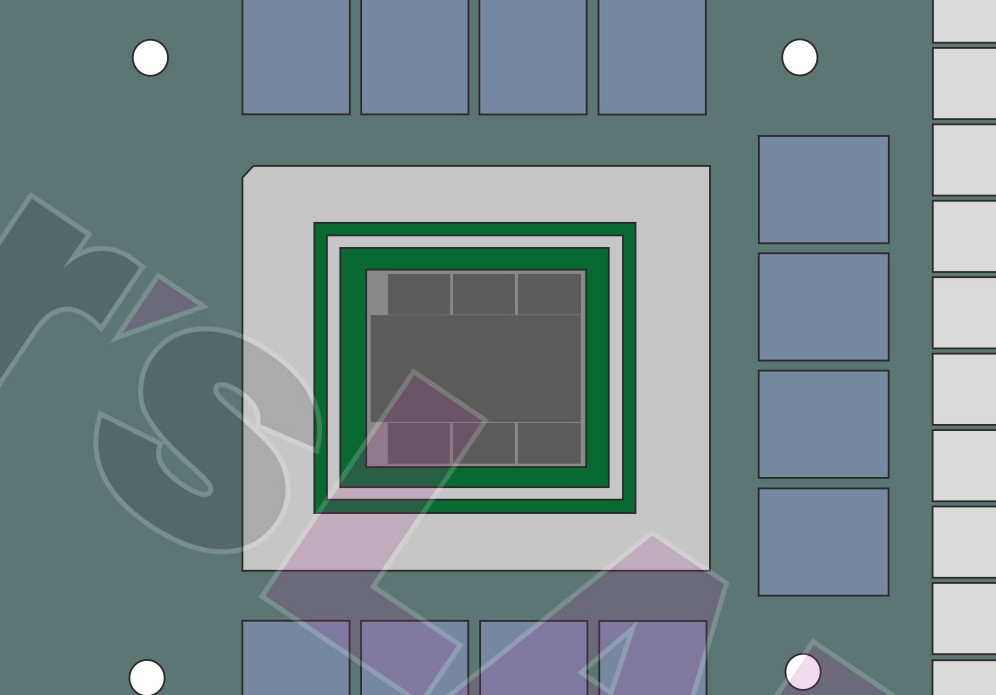The problem with efficiency for AMD is that it's actually limited to non-RT games, so in reality it's not as much of an efficiency win as it would initially seem. Then if we also start adding up differences with DLSS they fall even further behind. So fundamentally it's not really a win because it's still only the case in certain scenarios, and that's a much harder sell than if it were across the board - for an attribute that gamers in general still care little about, let's be honest.
The way AMD is positioning with RDNA 3 is such that it will hurt Nvidia where they care the most: the pocketbook, because they can afford to coast with RDNA 3 on higher margins & have Nvidia eat theirs with those big beefy dies & systems. Unfortunately this doesn't really do much of anything for us as the GPU buyers. So we have to wait for RDNA 4 (or whatever they call the new generation then) for them to actually step up and land some hard punches and maybe show something RT-wise, feature-wise, etc. Then again, will they actually commit to buying all those wafers for desktop graphics? That's the sad part I think, CPUs will always get priority, so maybe it's Intel with all their current failures that still represent a bigger hope that things might change long-term. Who knows..

www.igorslab.de



 .
.